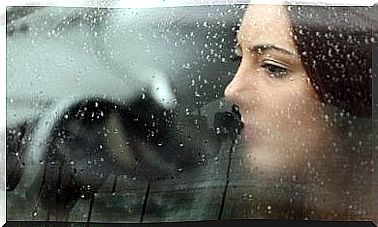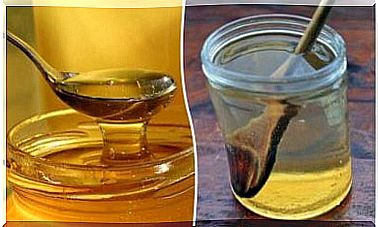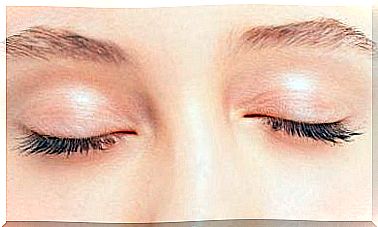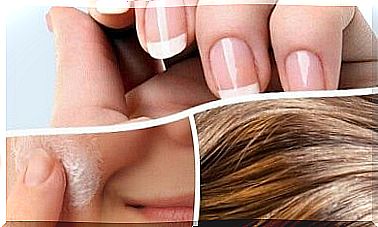Description And Features Of Chiropody
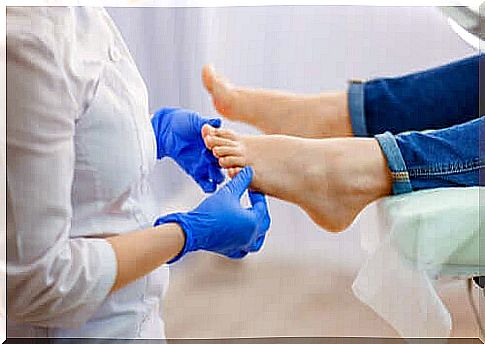
The word ‘chiropody’ is still unknown to a large number of people, especially the younger generations. It refers to a foot procedure to treat and restore certain foot problems. The goal is primarily holistic, although it certainly improves the appearance of the feet.
Chiropody is a way to keep our feet healthy. It is not uncommon for people to pay little attention to their feet, even though they are fundamental to the transport of the human body. Isn’t it weird that people don’t think foot problems are important?
It really is a mistake to neglect your feet. Currently, podiatrists believe that people should see a podiatrist at least once a year. Keeping your feet in good condition increases your quality of life. Chiropody can do just that.
What is chiropody?
This is a foot treatment to correct any foot changes, such as nail problems, calluses and other abnormalities. It also helps prevent the discomfort caused by using the wrong footwear.
The main purpose of chiropody is to prevent foot pain and to prevent minor injuries from getting worse and causing serious problems. This procedure can also detect conditions such as athlete’s foot or the presence of papillomas.
The chiropody procedures include correct nail trimming and delamination of hyperkeratosis – removal of hard tissue such as calluses or helomas – and foot hydration.
Chiropody interventions
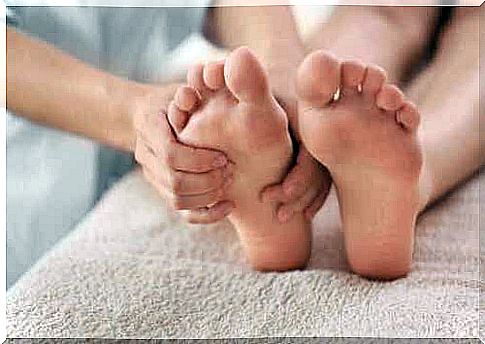
The most common interventions during chiropody treatment are:
- Therapeutic nail clipping and filing. Nails often have deviations in, for example, structure and color. Chiropody can correct these by cutting and filing to prevent pain from inflammation or infection.
- Treatment of corns or calluses. Corns are round, hard lesions that grow inward and are covered with calluses. They are due to the build-up of keratin and cause pain when walking. They make it painful to wear shoes.
- Hyperkeratosis delamination (Spanish link). Hyperkeratosis is the thickening of the skin caused by the accumulation of cells in that area. It can include corns or calluses and papillomas or warts – benign growths.
- Treatment of ingrown toenails. The nails that penetrate the skin, either due to changes in the origin or due to an unsuitable shape.
- A moisturizing and relaxing foot massage.
When and why should you get this treatment?
Adults are the ones who most often need treatment, but people of all ages can benefit from it. However, it is rare for a child to need it. Professionals advise to visit a podiatrist once a year and ask whether the treatment is necessary or not.
Chiropody has a restorative purpose, but also a preventive purpose. So, so to speak, your feet do not have to fall off before you make an appointment. Some changes in the feet may even go unnoticed and it is better to treat them early.
Any foot change, such as corns, calluses, deformed nails, or pain, can lead to more serious problems. Also, some systemic diseases such as diabetes require special foot care.
To keep in mind
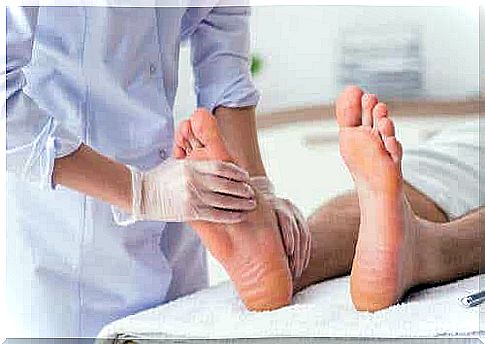
Some people confuse chiropody with a pedicure, but they are actually two different fields with a certain overlap. The first is a medical treatment performed by a podiatrist or a specialized professional while the second is more of a cosmetic treatment. A pedicure is usually only a superficial treatment.
Medical treatment not only solves the problems with aesthetic consequences, but it also allows the detection of other conditions that can cause major problems or that can alter walking in some way. There are abnormalities that only a doctor can diagnose, such as:
- diabetic foot.
- plantar fasciitis.
- tendonitis.
- hammertoes.
Chiropody is a treatment that usually takes about half an hour. The recovery is fast and its effectiveness is almost immediate, about two days. Professionals suggest undergoing one of these treatments per year.

